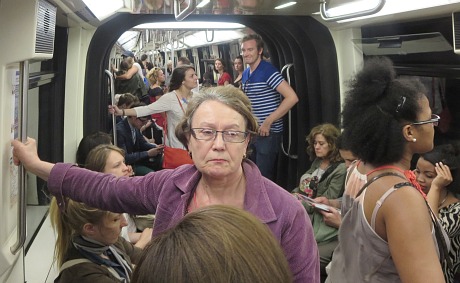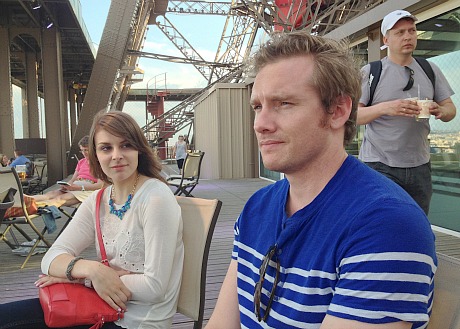A new “Trailers From Hell” riff on the’62 Mutiny on the Bounty summons this 8.4.06 review of a then-new Bounty DVD: “Say what you will about the ’62 Bounty — historical inaccuracies and inventions, Marlon Brando’s affected performance as Fletcher Christian, the floundering final act. The fact remains that this viscerally enjoyable, critically-dissed costumer is one of the the most handsome, lavishly-produced and beautifully scored films made during Hollywood’s fabled 70mm era, which lasted from the mid ’50s to the late ’60s.









